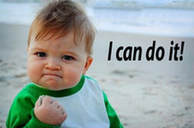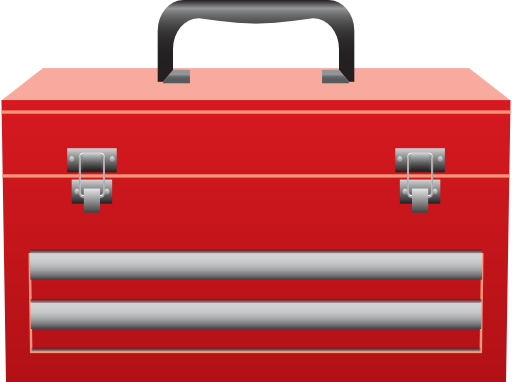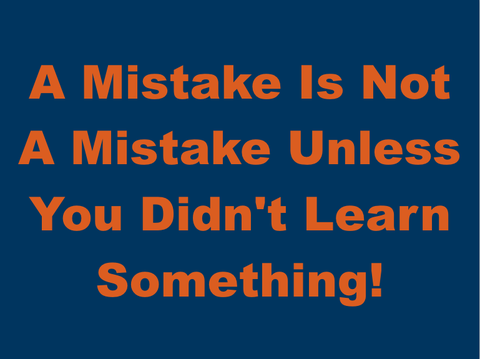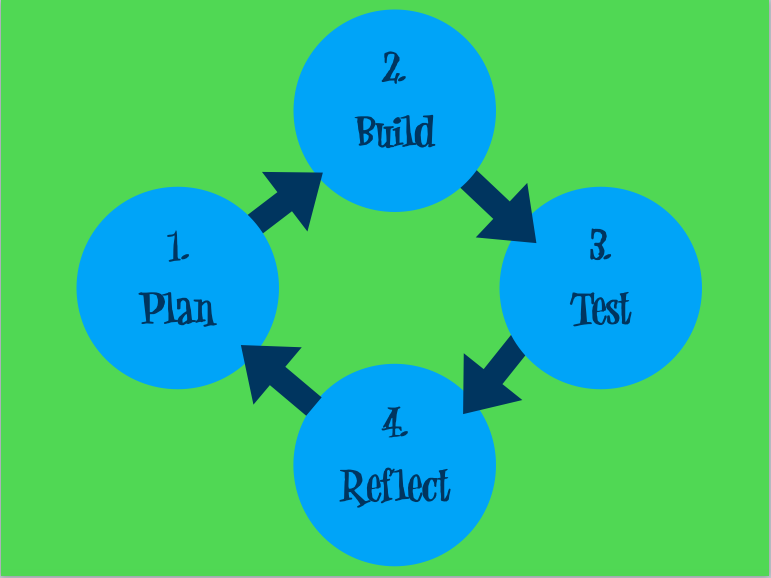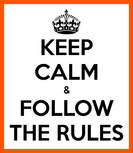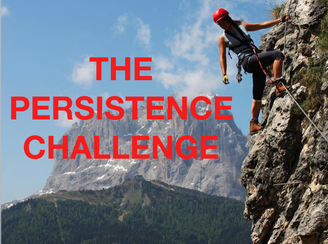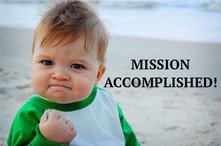2nd GRADE
LESSON 1: BUILDING A FOUNDATION
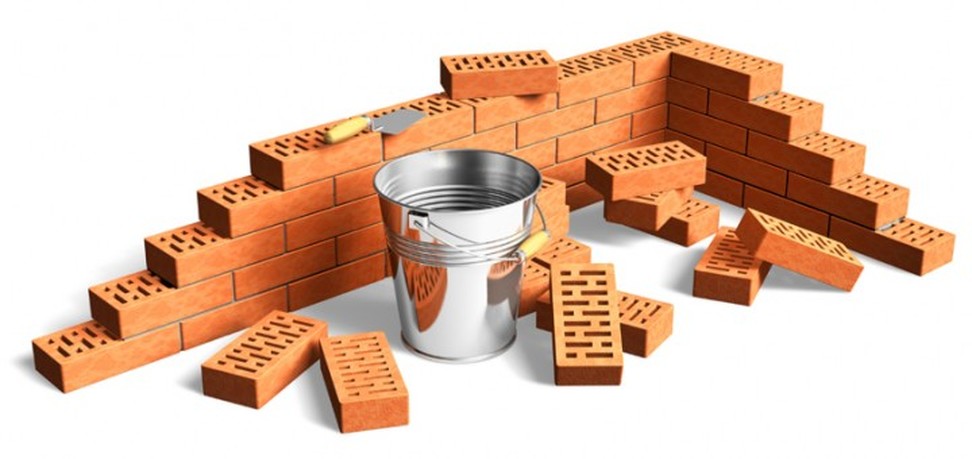
LESSON MISSION
LESSON INTRODUCTION
|
TOOL BOXmotto: a short sentence or phrase that has meaning for a person
persistence: trying again and again, even when something is very hard coding: writing commands or actions as symbols foundation: the first thing constructed in building a structure that is built to support the structure or keep it from falling |
My Life Motto
- I have a motto that I live my life by. I hope at the end of this lesson, you too will live by this motto.
- A motto is a short sentence or phrase that has meaning for a person.
When you keep trying again and again, even when something is very hard, you are showing persistence. It is not easy to be persistent. It is much easier to give up. After today's lesson, you will begin learning how to code. Coding is writing commands or actions as symbols. There will be times when it seems very hard and you might even want to give up. This is why I wanted to have a lesson about persistence before we start coding.
INTRODUCTION ACTIVITY
|
In today's lesson, you will learn how to build a foundation for coding. A foundation is the first thing constructed in building a structure that it is built to support the structure or keep it from falling. To begin our lesson, we will watch a video.
ACTIVITY INSTRUCTIONS
Follow the instructions below:
|
LESSON ACTIVITY
In this activity, you will work to construct a tower that is strong enough to hold a book for at least 10 seconds. Each group will receive a packet of the following materials:
ACTIVITY INSTRUCTIONS
|
The Rules
|
REFLECTION
So, did you accomplish the Lesson Mission Today? Let's find out. Click on the icon below to do the Persistence Challenge.
MISSION ACCOMPLISHED
LESSON RESOURCES
AL STATE TECHNOLOGY STANDARDS
|
The following Alabama State Technology Standards were addressed in this lesson:
2nd Grade Computational Thinker: Abstraction
|
